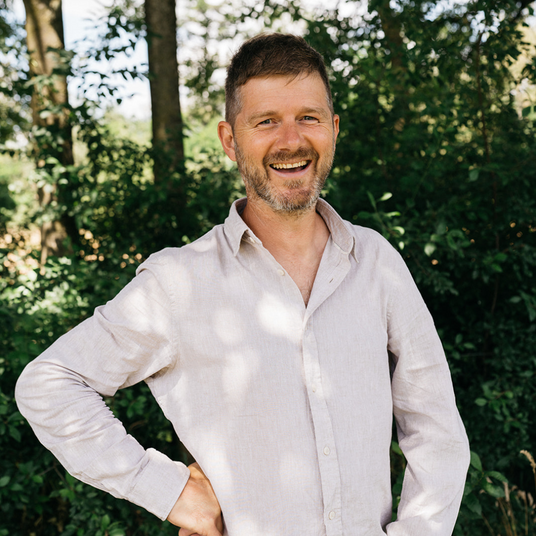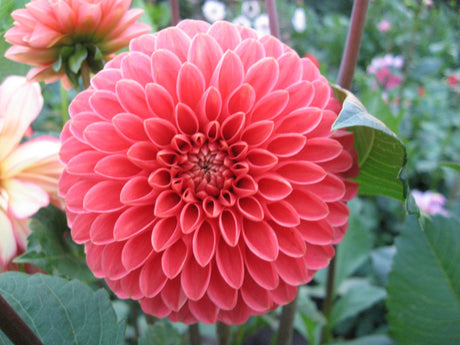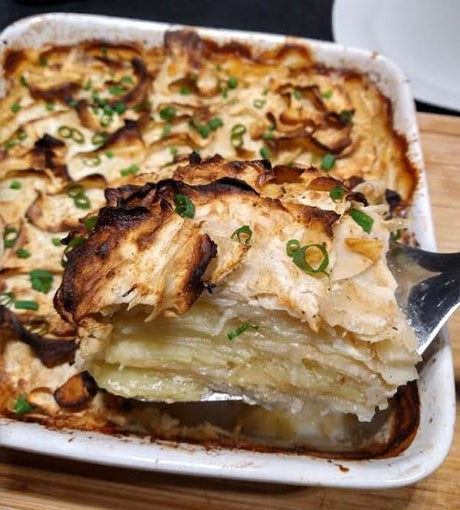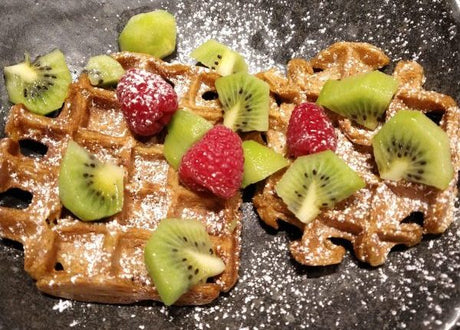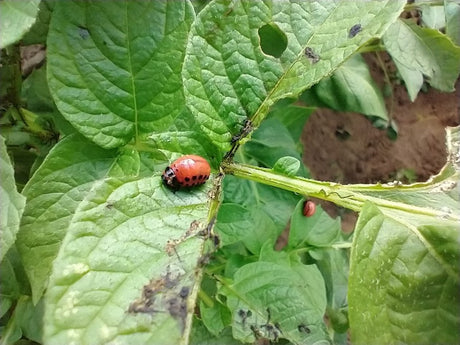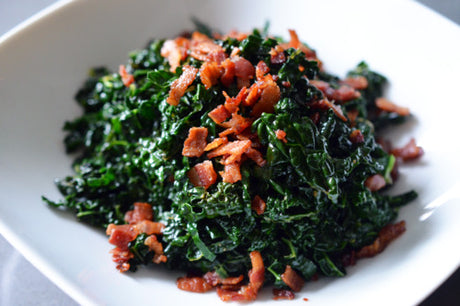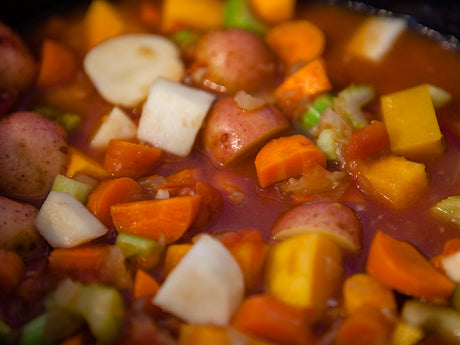Want to start sowing earlier and give your plants a flying start? With a heated propagator and grow lights , you can create an ideal microclimate for your seedlings. This way, you can grow strong, healthy plants even during the colder months and get a head start on the vegetable gardening season. In this blog post, you'll discover why a propagator is a smart choice and why grow lights are essential if you want to start sowing indoors early in the year.
Light and heat during the growing of plants
As a vegetable gardener, we are connected to nature. Planet Earth rotates on its axis every 24 hours and also orbits the sun. The Earth completes one orbit around the sun when it has rotated on its axis 366.22 times.
These two phenomena ensure that around June 21st, the longest day of the year, we have a whopping 16 hours and 15 minutes of daylight. The shortest day of the year is around December 21st, when we have only 7 hours and 45 minutes of sunlight. The intensity of the light also varies throughout the year. In summer, daylight not only lasts longer, but the light intensity is also considerably higher than in winter.
The abundance of sunlight and warmth in summer allows us to grow a plethora of tomatoes, peppers, and bell peppers, while in winter we can only cultivate some lamb's lettuce. While we can't control the position of the sun, the amount of light, or the outside temperature, we can trick our seedlings by mimicking nature indoors.


We can use a propagator for this. A propagator is a closed environment where you can create a microclimate where seeds germinate into seedlings and seedlings grow into young plants. This gives these plants a head start and allows your vegetable gardening season to begin earlier. You then plant these young plants out in the vegetable garden when the weather improves, giving you a good head start.
Pre-sowing allows you to sow while it's still too cold outside and allows you to plant larger plants than if you had to wait for the right outdoor temperature. The principle of fairness, of course, plays a role here. Pre-sowing indoors is really meant to start some crops earlier. You start a few weeks before your plants can go outside, giving you a head start. Growing vegetables indoors requires more guidance, and the longer they have to stay inside, the more difficult it often becomes. So don't start too early, however tempting it may sometimes be.
Benefits of a propagator
Benefit 1: Sow earlier for an earlier harvest
Sowing earlier doesn't automatically mean harvesting earlier. If it were that simple, everyone would be sowing tomatoes in November. The success of early sowing depends on respecting the plant's growth cycle. Tomato plants develop best when planted out in the garden 6 to 8 weeks after sowing, around May. Starting too early, for example, in November, leads to plants that grow too large indoors and are difficult to care for.
Seedlings from a propagator should be able to grow in time under the right conditions. This means either transplanting them as soon as it's warm enough outside, or continuing to care for them indoors until the outdoor temperatures are suitable.
Stunted growth due to a lack of heat or light is disastrous. With insufficient light, plants stretch in search of a light source, resulting in long, weak stems and fragile plants. How to prevent this will be discussed later.
Advantage 2: fewer natural enemies in your propagator
Indoors, seedlings and young plants have no natural enemies. Young lettuce plants aren't prey to snails, birds don't peck away young plants or seeds, and aphids can't suck the sap from young plant leaves.
Lettuce, peppers, bell peppers, and eggplants are particularly susceptible to aphids, but this risk is eliminated when you sow them indoors. By the time you finally plant the seedlings, they will already be two months older, larger, and stronger. This makes them more resilient to natural enemies.
Advantage 3: Unpredictable weather in spring, but not in your propagator
In the Low Countries, we often experience night frost in spring (April-May). By starting your plants indoors and placing them under a grow light , you can start sowing early without worrying about night frost. All your plants are safe indoors.


